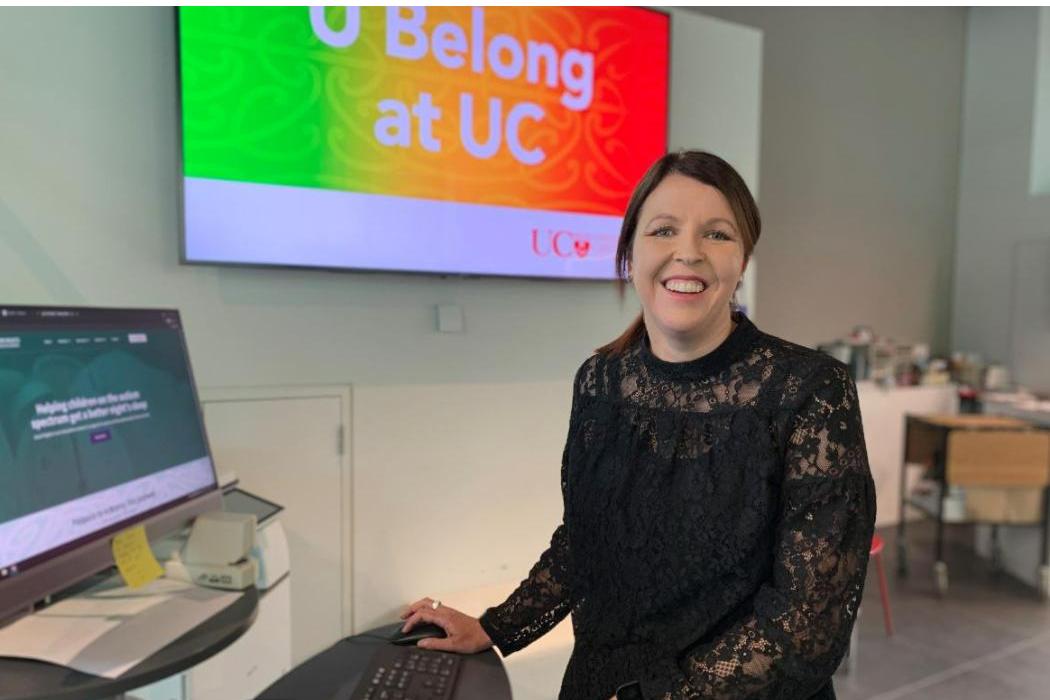These pivotal experiences gave Professor Bradley important insights into his work and the opportunities to work with international experts early in his career, “I was working with the best and brightest globally in the aftermath of these earthquakes. It was beneficial for expanding my horizons early in my career, and certainly contributed toward my interest in building large research endeavours like QuakeCoRE.”
Professor Bradley contributed to the creation and development of Te Hiranga Rū QuakeCoRE NZ Centre for Earthquake Resilience in 2016, serving initially as its Deputy Director, and has been the Director since 2019. The Centre takes a multidisciplinary approach to earthquakes, recognising that earthquakes don’t just impact physical infrastructure, and therefore solutions must include social, economic and cultural research inputs.
Professor Bradley believes it is possible for earthquakes to be far less impactful in the future. “I have no fear towards earthquakes, I don’t think of them in a negative way. We have the technology, that when applied well, can make buildings and society – resilient. It’s about deploying those technologies, and also making them better and cheaper so we can do it economically.
“I think there is a relatively clear pathway to where earthquakes just become a nuisance rather than something that can be devastating. That’s not to trivialise the situation, because the pathway may take 50+ years, but I don’t think it’s impossible to imagine a future where they are just a nuisance,” Professor Bradley says.
While Professor Bradley has had an impressive career, he isn’t waiting around for the next earthquake, but focusing on what can be done now. “My philosophy is to do the basics well, and constantly improve on a daily basis – whether that is as a lecturer in the university, as a researcher working in a global community, or as an engineer working with practitioners in industry.
“Earthquake resilience is also a brick-by-brick process, we need to do things in a consistent manner over time, including during ‘peace time’ in between large earthquakes, to build a strong resilience foundation, these problems can’t be solved economically using any one easy solution.”




.jpg)






